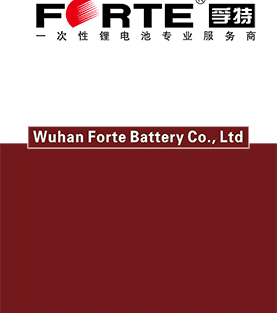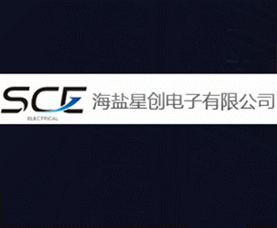In tackling climate change, the focus is increasingly on limiting the global temperature rise to 1.5° Celsius. Shell supports this ambition.
For society to achieve a 1.5° Celsius future, the world is likely to need to stop adding to the stock of greenhouse gases in the atmosphere – a state known as net-zero emissions – by around 2060. Advanced parts of the world are likely to need to reach that point by 2050.
That is why Shell has set itself an ambition to become, by 2050 or sooner, a net-zero emissions energy business, in step with society.
We will work towards this in three ways.
Firstly, by seeking to be net zero on all the emissions from the manufacture of all our products by 2050 at the latest.
This ambition includes the emissions created by our operations and also those associated with the energy we consume. These are known as scope one and two emissions.
But the bulk of the emissions are our customers’ emissions when they use our products, known as scope three emissions.
Reducing Shell’s Net Carbon Footprint
That is why Shell’s second step towards being a net-zero emissions energy business is to reduce the Net Carbon Footprint of our energy products.
To achieve this Shell will need to sell more products with a lower carbon intensity, such as renewable power, biofuels and hydrogen.
In 2017 Shell’s ambition was to be in step with a society working towards a well-below 2° Celsius future. Today Shell’s ambition is to be in step with a society working towards a 1.5° Celsius future. So we have raised our Net Carbon Footprint ambition.
Long-term ambition
Our long-term ambition is to reduce the Net Carbon Footprint of the energy products we sell by 65% by 2050, instead of 50%. Shell’s interim, medium-term, ambition is to reduce it by 30% by 2035, instead of 20%. Read more about our Net Carbon Footprint ambition here.
Yet society will continue to need some energy products that create emissions for the foreseeable future. So Shell will continue to sell such energy products.
But that does not mean Shell cannot be a net-zero emissions energy business, because our customers can themselves take action on their emissions.
As society moves towards its low-carbon future our customers will need to mitigate emissions caused by their energy use because they will need to reduce their own scope one and two emissions. But these are the same emissions that count as Shell’s scope three emissions. That is why such actions by our customers can help Shell become a net-zero emissions business.
SHELL'S CLIMATE AMBITION
A net-zero emissions energy business by 2050 or sooner
2019年发生的有助于重塑液化天然气行业的关键变化有:
- 新增供应4000万吨创下行业记录,且新增供应被市场消化
- 由于对长期需求增长的信心,液化产能的投资创最高记录7100万吨
- 合同结构的多样性增加,为液化天然气买家提供更多的选择
- 在发电和工业领域,通过从煤炭向天然气转换,天然气在改善空气质量方面的角色越发重要。关停燃煤发电的有关发布超过之前的三倍。
当应用在发电领域,天然气排放的温室气体比煤炭少45%至55%,排放的空气污染物不到煤炭的十分之一。
壳牌天然气一体化和新能源业务执行董事魏思乐Maarten Wetselaar表示:"2019年,随着电力和非电力行业对液化天然气和天然气的需求增长,全球液化天然气市场继续发展。创纪录的对供应的投资将满足人们对这种最灵活和清洁的化石燃料日益增长的需求。”
"尽管由于创纪录的新供应入场、连续两个暖冬和冠状病毒的影响,我们目前看到市场状况疲弱,但我们预计随着需求继续增长以及在2020年代中期以前新投产的供应减少,供需平衡将会恢复。”
欧洲吸收了2019年大部分新增供应,因为具有价格竞争力的液化天然气(LNG)推进了电力行业的煤改气,补充了国内天然气的减产并取代部分管道天然气进口。
新的多种现货交易机制和长约中越发多样化的价格指数表明,液化天然气已成为一种越发灵活的大宗商品。
2019年亚洲的液化天然气进口与之前两年相比仅略有增长,原因是天气温和,以及位列全球前三液化天然气进口国的日本和韩国的核电发电量增加。
在中国,随着继续改善城市空气质量的努力,2019年液化天然气进口量增长14%。南亚的液化天然气需求增长也值得注意。孟加拉国、印度和巴基斯坦总进口量达3600万吨,相比去年增加19%,属于亚洲的新兴增长国家。
从长期来看,由于天然气在塑造低碳能源体系方面发挥的重要作用,据预测*全球液化天然气需求到2040年将翻一番达到7亿吨。预计亚洲仍将是今后数十年的主导地区,其中南亚和东南亚占到增长需求的一半以上。













